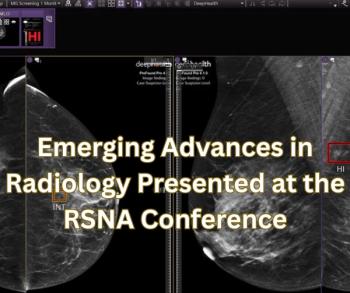FDA Clears Updated AI Software for CT-Based Coronary Artery Calcium Assessment
Key features of the HealthCCSng V2.0 software include numerical coronary artery calcium (CAC) scoring, a new zero CAC category and user customization of upper and lower limits for CAC scoring categories.
The Food and Drug Administration (FDA) has granted 510(k) clearance for the HealthCCSng V2.0 software, which features updates to facilitate automated assessments of coronary artery calcium (CAC) scoring based on non-contrast computed tomography (CT) scans.
The
The company said a new Zero CAC category enables clinicians to more easily differentiate between patients with low CAC levels and those with zero CAC, which corresponds to a very low risk for cardiac events.
The updated software also allows more fine-tuning of CAC assessments with automated numerical CAC scoring and the ability to adjust the upper and lower Hounsfield unit bounds of CAC scoring categories, according to Nanox.AI.
“The AI cardiac solution helps to bridge the divide between radiology and cardiology, two medical specialties that often use different terms and descriptions to assess imaging data and catches patients who might otherwise fall through the cracks so that they can be directed to appropriate preventative healthcare,” noted Erez Meltzer, the chief executive officer for Nanox.
Newsletter
Stay at the forefront of radiology with the Diagnostic Imaging newsletter, delivering the latest news, clinical insights, and imaging advancements for today’s radiologists.





























